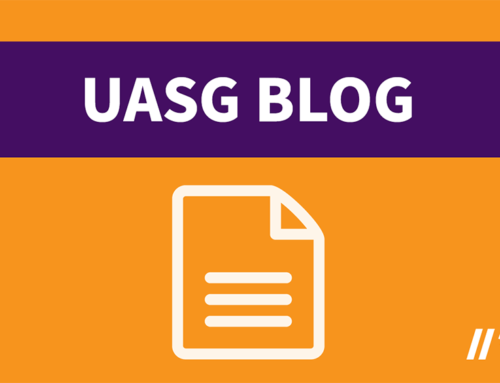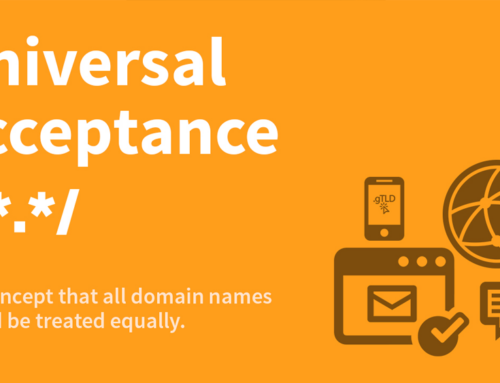By the UASG Communications Working Group
Since the first online message was sent in 1971, email has evolved to become a mainstay in how we communicate. However, while people around the globe have been adopting and integrating email into their daily lives for nearly five decades, there is still a major disconnect in how it is supported by companies. Many systems do not support email addresses that use non-Latin languages, such as Arabic, Chinese, Hindi, Russian, and Thai. This is a significant issue given only a little more than a third of the world population uses the Latin alphabet in English, while there are billions of people who prefer to read and write in Arabic, Chinese, Cyrillic, Devanagari, and other scripts. If you’re now wondering if your email supports international languages, you can quickly test it here.
The process that enables email addresses in local languages and scripts to work when sending and receiving messages is known as Email Address Internationalization (EAI). EAI-compliance is essential to supporting an inclusive and multilingual Internet. Without it, users with completely valid internationalized email addresses – for example, simply using the natural spelling of their name – will face barriers in navigating the Internet and communicating online. As Internet access continues to expand globally, there will be increased demand for services that can support all email addresses. It’s important for organizations to recognize that if they invest in updating their systems to be EAI-ready, they will have a first-mover advantage and, most importantly, better serve the needs of local communities.
For every global Internet user to send and receive emails using internationalized addresses, email service providers and domain name registration services must update their systems. Recently, two such organizations – Coremail, an email technology provider in China, and the Thai Network Information Center Foundation (THNIC), the domain registry for .th and .ไทย (.Thai) – embarked on their own EAI-ready journeys, and have shared their key learnings to help support other organizations planning to update their systems.
While Coremail and THNIC’s EAI system updates were unique, a few key learnings rose to the top, including:
- Focus on encoding and configurations that support multilingual characters. Specifically, leverage the variable-width character encoding known as UTF-8 for data processing and storage, which is the key component for the reconstruction of email systems to be EAI-compliant. Additionally, internal email systems will require support for the SMTPUTF8 extension, which supports UTF-8 strings in email message headers and allows international addresses in non-Latin scripts.
- Prepare to work with third-party products and services. Outside systems and organizations may not be EAI-ready and can hamper plans. Early outreach notifying these systems of your EAI efforts is key.
- Plan ahead. Start the process early, especially if email tool modifications are necessary. While the technical lift required to update systems is not difficult, organizations often struggle to prioritize the effort and set aside the needed working time.
A detailed case study outlining Coremail and THNIC’s EAI-readiness journeys is available, here.
Organizations interested in updating their email systems to keep pace with the next billion Internet users can contact the UASG for guidance (info@uasg.tech) and reference materials, such as the Quick Guide to EAI, EAI Technical Overview, EAI Readiness in TLDs, and more.





